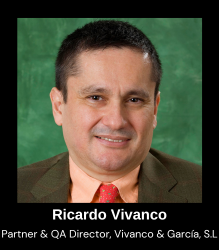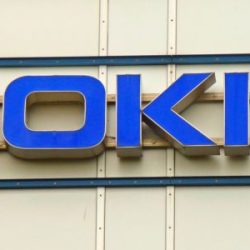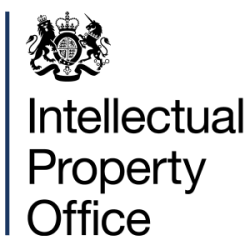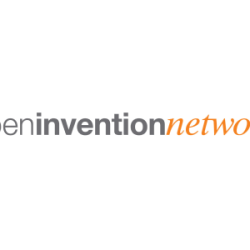 I am reading a book entitled “Translation Accuracy and Dissemination of Disclosure of Patent Information: An Analysis of Translation and its Influence on Patent Law” by Dr. Aline Larroyed.
I am reading a book entitled “Translation Accuracy and Dissemination of Disclosure of Patent Information: An Analysis of Translation and its Influence on Patent Law” by Dr. Aline Larroyed.
It is a highly recommended book for patent professionals who must deal with patent translations. How translation quality influences the dissemination of patent information is one of the interesting topics of this book.
I am among those who embrace new technologies that should not be ignored by the translation industry. It is undeniable that machine translation is of increasing quality and can even be very beneficial for patent translation in terms of cost savings and speed.
However, I am concerned about very optimistic studies on machine translation applied to patents, taking for example only the translation of the claims as a basis for analysis, without considering the difficulties that arise throughout the text in relation to terminology, very long paragraphs and sometimes very poor punctuation that make it difficult to use the exact terminology with the most appropriate context.
The great danger is that NMT can provide patent translations that are apparently correct from a linguistic point of view but are highly questionable when subjected to a rigorous technical analysis in terms of context and terminological accuracy.
Let us not forget that a patent protects a right and that this right can be lost by a simple comma as in the case of patent EP 1 798 872 (a comma that killed a patent), or by translating semiliquid (from Italian) as “half-liquid” instead of semi-liquid, leading to a negative ruling in a confrontation between IBSA Institut Biochimique S.A. (US Patent 7,723,390) and TEVA PHARMACEUTICALS in a US court:
- A pharmaceutical composition comprising thyroid hormones or their sodium salts …: a) a soft elastic capsule ……… containing a liquid or half-liquid inner phase comprising ……..ethanol, said liquid or half-liquid inner phase being …….., or b) …
A single mistake in the wrong place can be fatal to a patent as happened to IBSA.
I do not doubt the usefulness of modern technology in translation for information that has greatly expanded the scope of dissemination of patent information. But is it reliable with translation for filing?
It would be absurd to deny the great usefulness of modern technologies. But let us bear in mind what Dr. Larroyed considers to be the three fallacies of patent translation:
First: Machine translation is not to be taken seriously and will never replace the work of a human translator.
Second: Machine translation has improved so much that, with the help of drawings, patents can be translated very easily.
Third: Part of the cost savings would be that the quality of machine translation would question the degree of expertise required in patent translation and review.
In my opinion, believing the three fallacies will lead to very negative results in terms of the quality of the translations with the consequent risk for the recipients of these translations.
There will undoubtedly be many changes in the translation industry. Translators will have to reinvent themselves to become highly specialized and experienced reviewers/editors to detect the pitfalls of machine translation. Will final review by an engineer, a chemist or a biologist still be important? I think so. Do you?
In the face of a massive use of NMT and other MT tools, don’t you think that an adapted ISO 17100 quality standard together with the use of quality metrics such as SAE J2450 will be of great importance to avoid errors that alter the scope of protection? And who will be responsible for this control, a junior who reviews as part of his/her practices or a specialized and expert technician?
I believe more than ever that translation companies and their clients, the industrial property agents, share a common goal: the peace of mind of the patent applicant. Modern technologies have arrived to make translation processes and costs faster and cheaper, but quality must not be neglected because in patent translation both agents and LSPs do not sell translations but rather peace of mind and confidence to patent holders.
Here lies the challenge: to work together to offer the end customer the best quality at the best prices, without the best price always meaning risking everything at the cheapest price, which is not always the most reliable.
Let’s not forget that, in terms of quality, the proverb If you pay peanuts, you get monkeys is always true, and there is nothing more dangerous than entrusting patent translations to monkeys.
Written by Ricardo Vivanco, Partner and QA Director at Vivanco & García, S.L.











